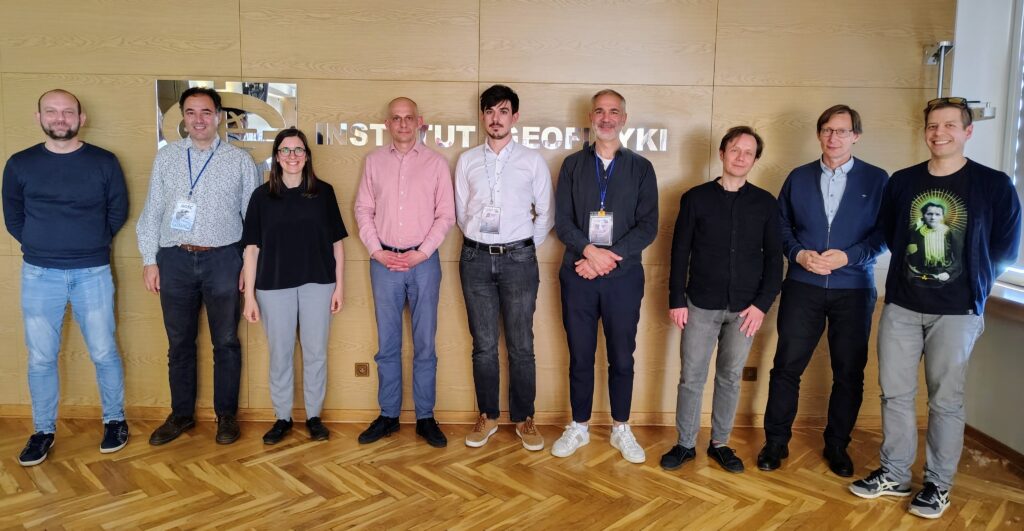20 maja 2025 w Instytucie Geofizyki PAN w Warszawie odbyła się konferencja dotycząca rekonstrukcji ewolucji rzeźby przy użyciu radioizotopów (Conference on reconstructing landscape evolution with radioactive isotopes). Spotkanie otworzył Zastępca Dyrektora ds. Naukowych, dr hab. Rafał Junosza-Szaniawski.
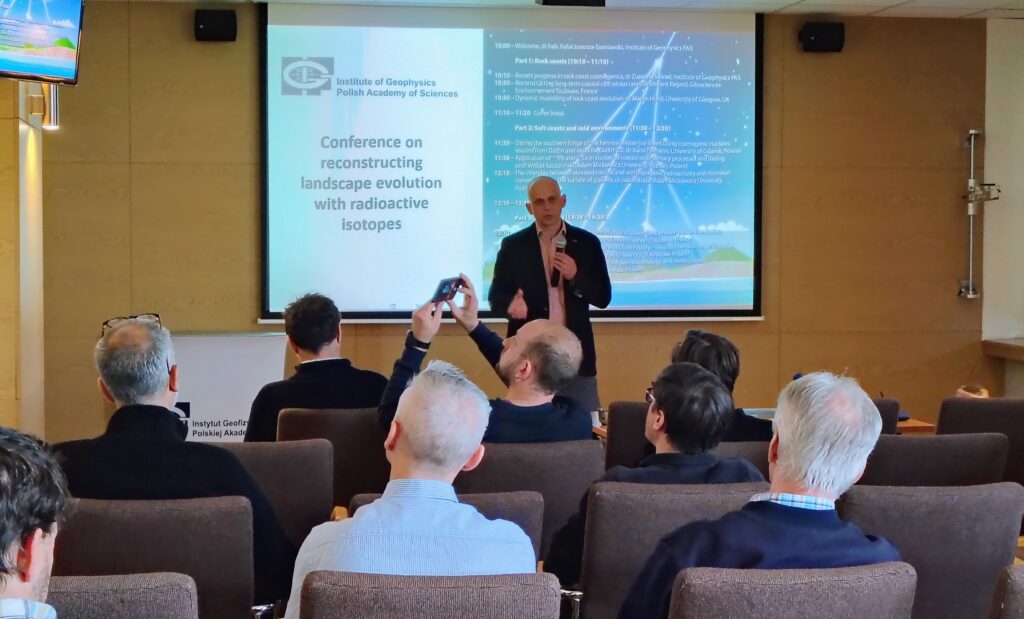
Obrady były podzielone na trzy bloki: wybrzeża skaliste, wybrzeża miękkie i obszary zimne oraz góry. Dziewięciu prelegentów z polski i zagranicy przestawiło badania wykorzystujące izoropy radioaktywne w odtwarzaniu procesów geomorfologicznych w różnych skalach czasowych. Obrady zakończyła żywiołowa dyskusja. Okazją do spotkania był bilateralny projekt PAN-CNRS Imternational Emerging Action „Rock Coast Cosmogenics (RoCoCo): Long-term coastal cliff retreat rates from cosmogenic 10Be concentrations” relaizowany przez Instytut Geofizyki PAN i Géosciences Environnement Toulouse.
Lista prezentacji:
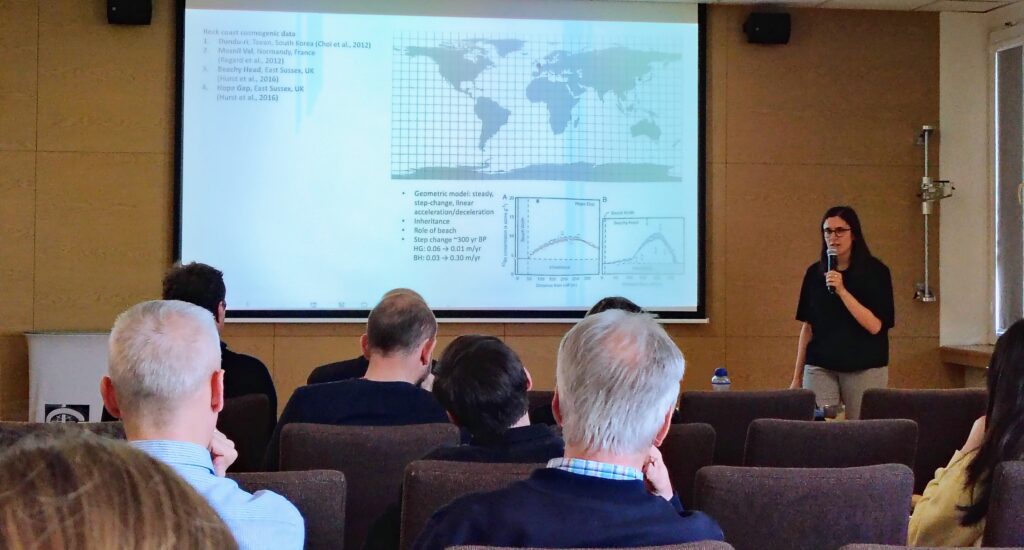
- Recent progress in rock coast cosmogenics, dr Zuzanna Świrad, Instytut Geofizyki PAN
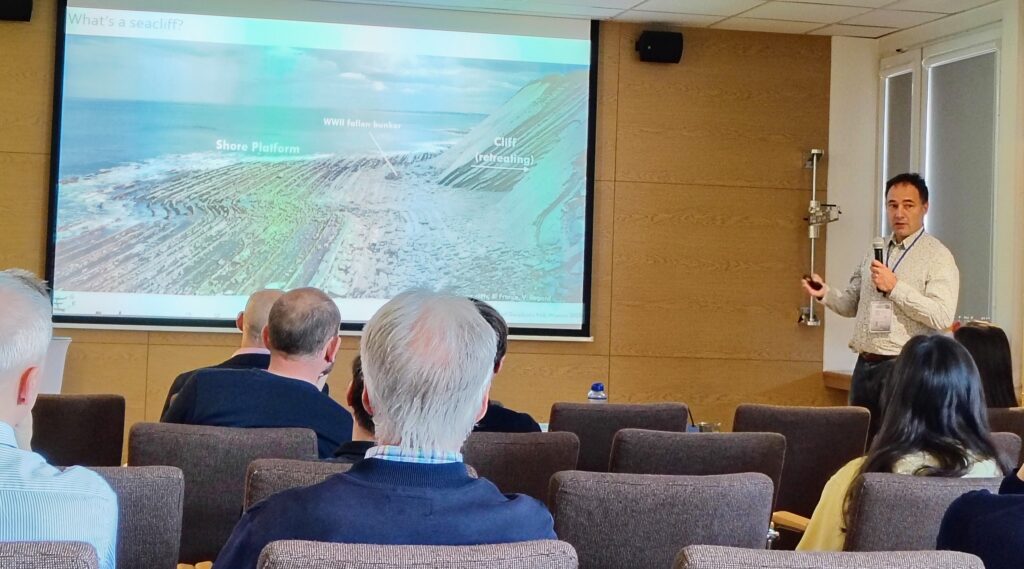
- Reconstructing long-term coastal cliff retreat rates, dr Vincent Regard, Géosciences Environnement Toulouse, Francja
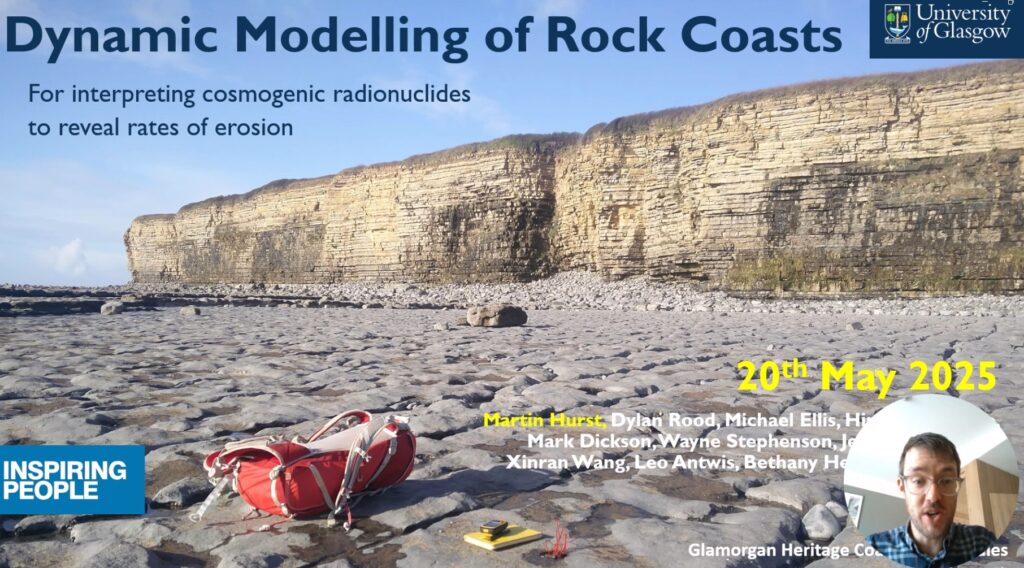
- Dynamic modelling of rock coast evolution, dr Martin Hurst, University of Glasgow, Wielka Brytania
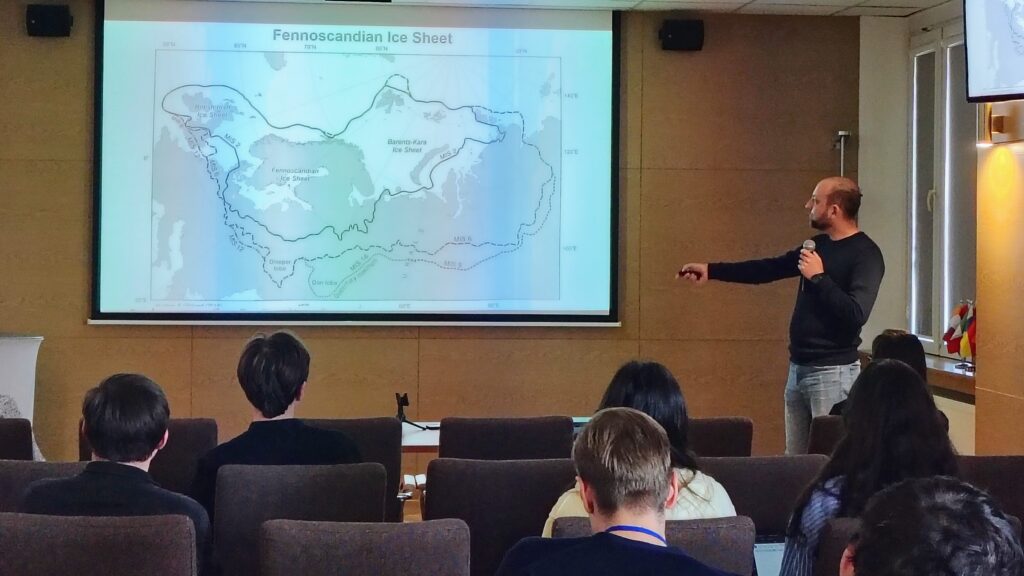
- Dating the southern fringe of the Fennoscandian Ice Sheet using cosmogenic nuclides: lessons from DatErr and ideas for DatErr 2.0, dr Karol Tylmann, Uniwersytet Gdański
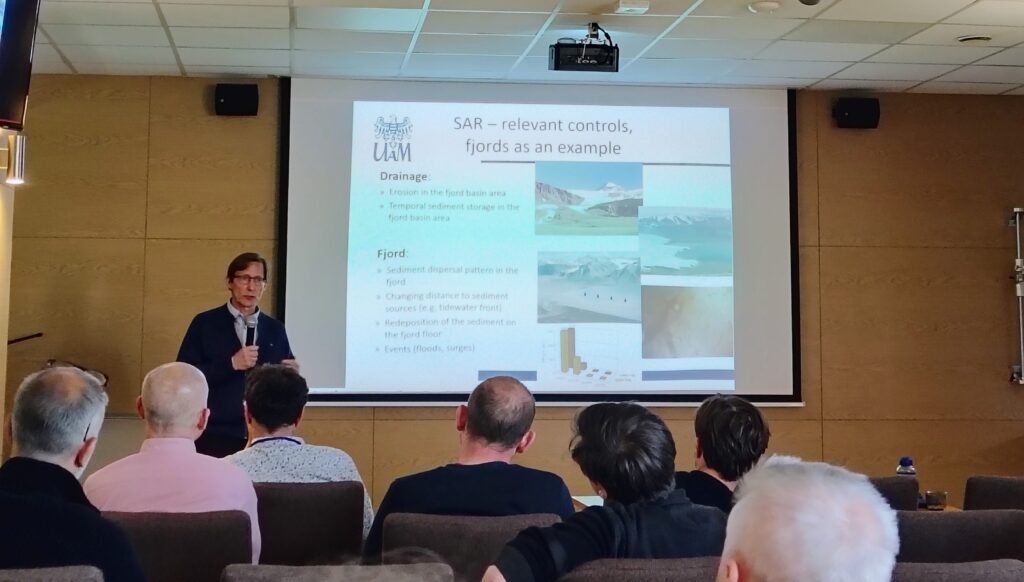
- Application of 210Pb and 137Cs in studies of coastal sedimentary processes and dating, prof. Witold Szczuciński, Uniwersytet Adama Mickiewicza w Poznaniu
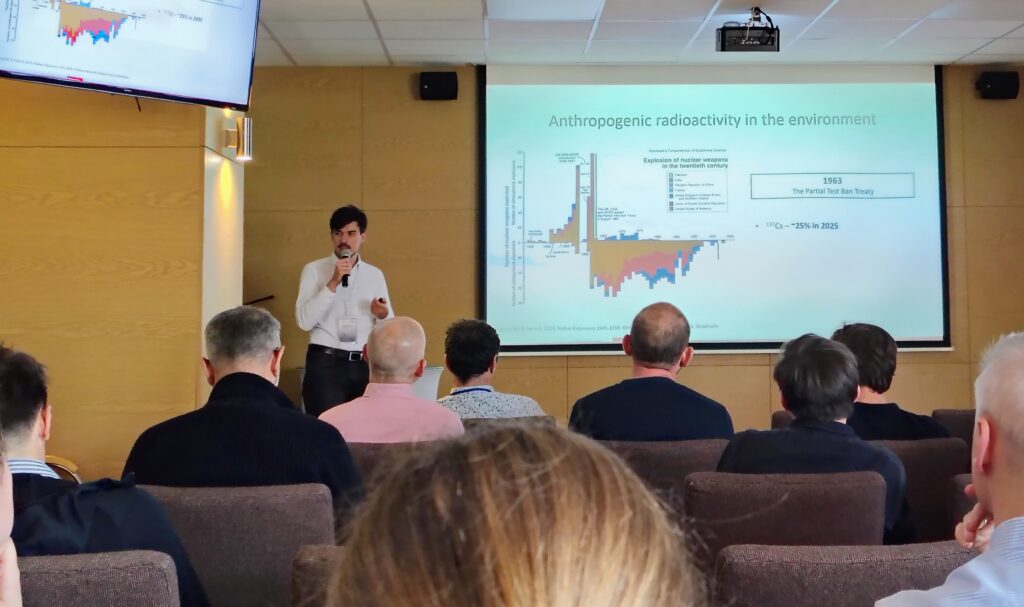
- The interplay between elevated natural and anthropogenic radioactivity and microbial communities on the surface of glaciers, dr Jakub Buda, Uniwersytet Adama Mickiewicza w Poznaniu
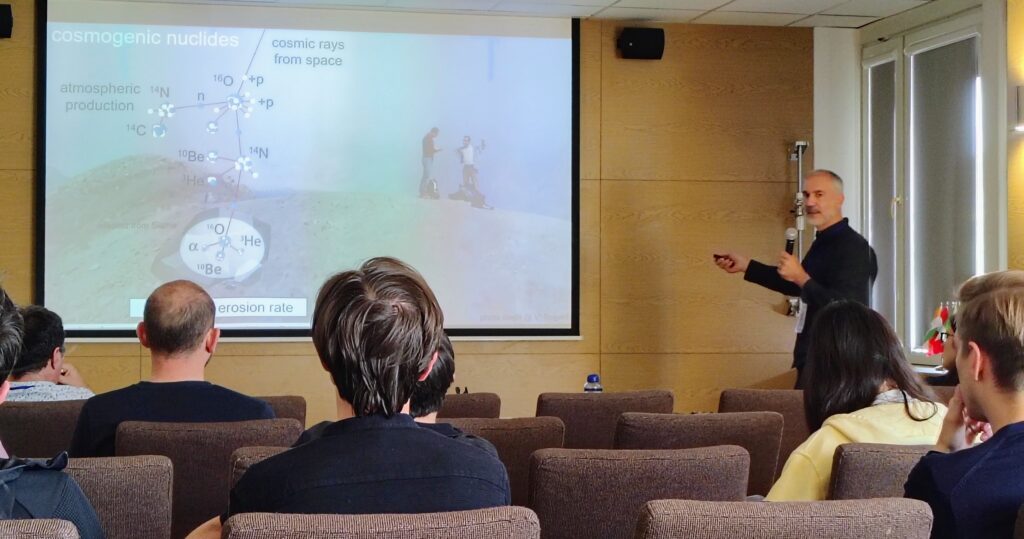
- Relationship between regolith formation and valley flanc erosion rate in the Andes, prof. Sebastien Carretier, Géosciences Environnement Toulouse, Francja
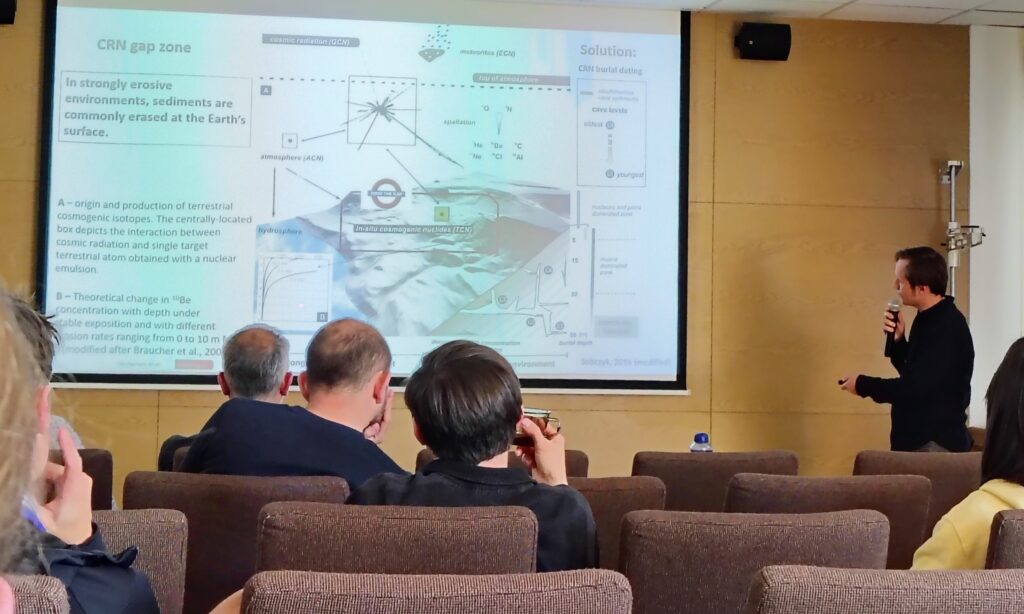
- Filling the missing gaps in landscape evolution history – lessons from cosmogenic burial dating of Polish caves, dr Artur Sobczyk, Uniwersytet Wrocławski
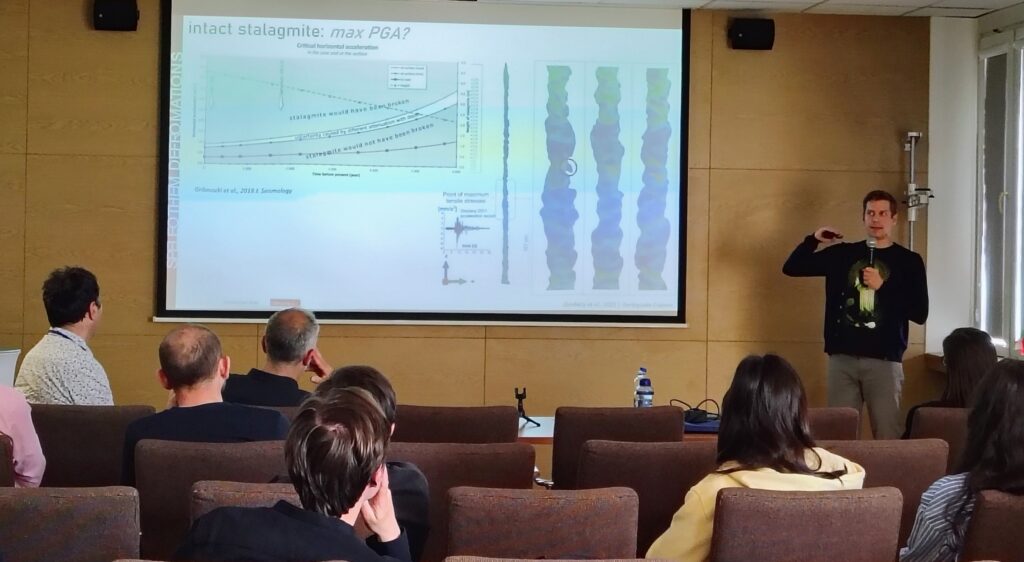
- How speleothems dating can be used for paleoseismology and neotectonics, dr hab. Jacek Szczygieł, Uniwersytet Śląski
